We have made great progress as a society in helping students with special needs feel included. But we can do more. We must constantly assess our culture (i.e. attitude and beliefs about students with special needs), existing policies, and procedures to make sure we are doing our very best for our students.
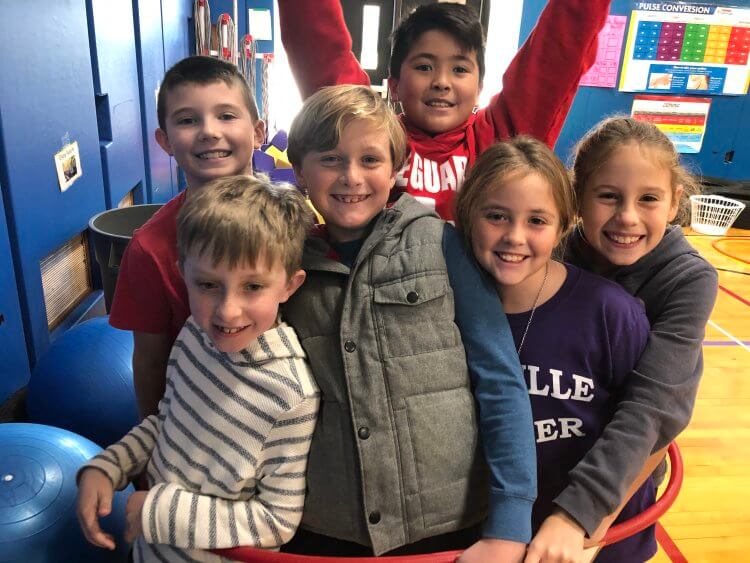
We must challenge ourselves to do all we can to make our students with special needs feel valuable, included and equal. We must advocate for our students with disabilities to ensure that they have the very best school experience we can provide academically, socially, emotionally, and physically. Lately, I have been reflecting on the way I give praise and to whom I praise. The other day I called a parent of a typical student. The purpose of the phone call was to let the parents know how proud I was of their child for the gentle way they guided a student with special needs into the partner yoga poses. The typical child deserved every bit of praise because of her nurturing and patient ways. However, it got me thinking. How many times do I praise the typical child for all the love, support, and help they give to my students with special needs as opposed to the number of times I praise my students with special needs for their patience, help, and encouragement of my typical students?
![IMG_1692[6]](http://www.pheamerica.org/wp-content/uploads/2020/04/IMG_16926-750x563.jpg)
Too many times, I find, we are praising only our typical students for taking time to work with and help students with different abilities. We give typical students special kudos, recognition, and awards for working with students with special needs. Don’t get me wrong, students who go above and beyond to help others (regardless if they have special needs or not) are fabulous and should be praised, highlighted, and nominated for awards. However, we are only looking at it one-sided. Why aren’t we praising, highlighting, and awarding students with special needs for all the wonderful things they do for our typical students?
I have been blessed to work with students of all different abilities throughout my teaching career. Below are a few examples of what they have taught me.
Vinny
I have a student with autism named Vinny. Vinny teaches my students to keep reaching and striving for excellence. One of my students, let’s call him Bill, who was partnered with Vinny said to me, “You know Coach Bolger, Vinny never gives up. He was having a hard time dribbling. He was getting frustrated but he didn’t give up. Even when you offered him a different ball to try, an easier ball, he didn’t want to use it. He just kept trying the harder skill.” I told Bill that Vinny is a great role model and teaches us that even when things get tough, not to give up. Vinny knows he is capable and pushes himself to be the best he can be. Bill then said to me, “ I will do that, too, the next time I want to quit.” In this example, we often would have praised only Bill for offering to partner up and help Vinny better his skills. But where is Vinny’s well-deserved praise for teaching this typical boy how to keep pressing on when obstacles get in his way? Vinny just directly taught this student one of the best lessons of his life: Never give up in the face of adversity.

Madison
Madison has Down syndrome. She comes into my office every morning, on her way to speech, and talks to me about many different things: my make-up, my kids, my hair, and what I did over the weekend. She tells me that my smile “is beautiful” and she “loves it”. Madison makes me feel valued and loved. She makes me smile. No matter how busy with work I may be, Madison reminds me to stop, smile and spend time with daily conversations. She taught me to be more mindful and live in the moment. This has directly influenced me to embrace each wonderful minute I get to spend with a loved one. Madison also teaches the students how to be appreciative and thankful. She always sees the goodness in people. She notices and is always acknowledging the thoughtful things students are doing for each other. She catches them being kind and offers them a hug, gives a huge smile, says thank you, or gives them a gentle pat on the head or shoulder.
How often do we overlook kind gestures people do for us or others? It is nice to be noticed and appreciated. I remember a time when a student of mine was having a tough week. He was making some poor decisions and getting into a little trouble at school. He was feeling down on himself but I watched as Madison reached over and hugged him. She knew he needed it at that very moment. I watched as his smile slowly got bigger and bigger. I believe she turned his week right around at that very moment. She showed him he was important. I believe she was just what that boy needed to give him the confidence to make better choices. And yes, his behavior improved a great deal since. Coincidence? I believe it was Madison who gave him the confidence he needed to make the changes.
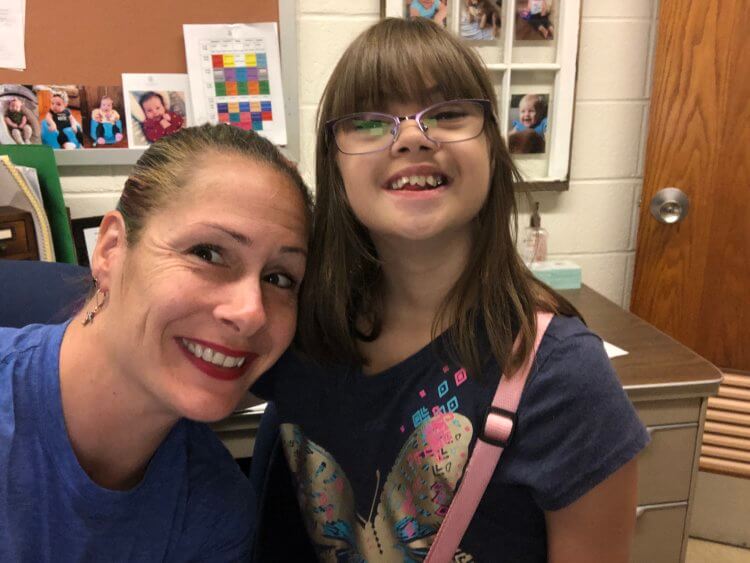
Jack
I have a student named Jack who has Autism. He reminds me of the value of a good friend. Jack and Tommy are great friends. Tommy is a typical student. Tommy and Jack look after each other, support each other, and encourage each other. They have mutual respect for one another. Tommy shows his feelings for Jack with words but Jack does it through his actions and the act of closeness. They both have an amazing ability to calm each other down when they are frustrated. They just get each other and are free to be themselves. Their friendship is a powerful reminder to show that everyone needs a person they can trust, be themselves with, and confide in. It reminds us to show appreciation for the friends who are an integral part of our lives. It is such a joy watching them be silly with one another, being playful, kind, and thoughtful. Sometimes, we praise typical students for spending their free time with children with special needs but those friendships aren’t always authentic. The kids only spend time with them in class but maybe never invite them over outside of school or play with them at recess. Jack and Tommy teach us that all friendships should be genuine and authentic. We should take the time to really get to know each other and see all the wonderful things the other person has to offer.
Jack also reminds us of the importance of respecting personal boundaries, both emotionally and physically. Jack is not afraid to tell me when he doesn’t feel comfortable doing a particular task and talking about a specific topic. He is not mean or disrespectful in any way. Just matter-of-fact. He understands his personal boundaries and limits and knows when to honor his body with a needed break. Also, if I get too close to him, he is not afraid to tell me to give him space. This is a great lesson for all kids. They need to be able to say no or tell someone when they are feeling uncomfortable. It’s a great reminder for teachers and all adults that we need to honor the child’s personal space and their feelings and sometimes our presence may be overwhelming.
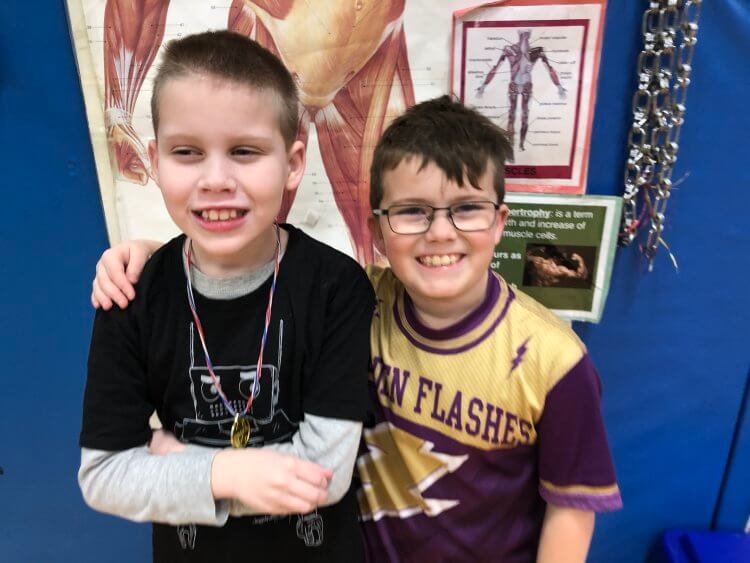
Luke
Luke is a student with Autism. In earlier years, Luke would get frustrated, overwhelmed, and would elope from activities. Through those early years, Luke taught me the value of having a routine in place to help deal with situations as they arose. Luke taught me that all students (with and without disabilities) can benefit from movement and sensory breaks. Luke inspired me to create my movement, mindfulness, and sensory hallways. He showed me that ALL students need movement and sensory breaks to help with academic success and the regulation of emotions. Luke taught me the value of preventing emotional outbursts by having a plan in place to help students regulate emotions. Because of Luke, I was inspired to create my Social Emotional Learning (SEL) Escape Rooms to teach them the skills on how to label and cope with their emotions.
In addition, Luke inspired me to introduce the Zones of Regulations into my PE classes. The Zones of Regulations is a tool to help my students foster self-regulation and emotional control. In addition, I added yoga and mindfulness activities to my classes as coping skills to help them regulate through those Zones of Regulation. Luke has taught me to spend more time addressing all students’ emotional needs and that this would directly affect their academic performance and social and emotional health. Because of Luke, countless children have learned now how to regulate their emotions. I cannot tell you how many students confide in me that their anxiety can feel crippling. Because of Luke and all he has done to teach us; we are able to give students the tools to help them cope better with their emotions. Luke also reminds me of my own son. Luke taught me how to be a better mom. Luke has always been patient with me as I learned the best strategies to help him. I thank Luke so much for his patience with me, as his teacher, and I try to pay that patience forward.
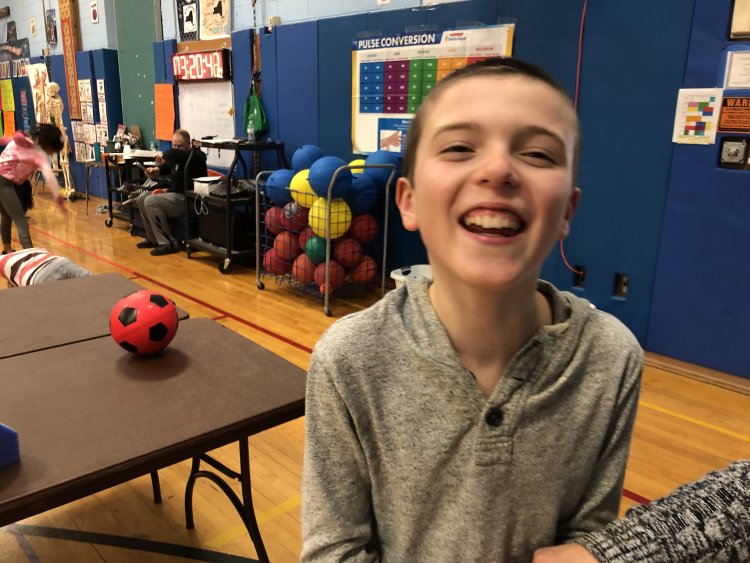
Billy
Billy has directly influenced the PE activities we offer. Billy is a student with Autism. He was the person directly responsible for inspiring me to start a skateboarding and roller-skating unit. When the kids were scared to first get on a skateboard, Billy demonstrated the skill with ease. He gave my typical students the courage to try. Billy teaches me to push boundaries and set high expectations. He taught me how to be a better teacher by setting high expectations for my students and allowing them to rise to the occasion. Billy motivates my students to try a new skill and teaches them that it is okay to fall as long as you rise again. He also pushes me to be more creative with my activities and he is not afraid to show me when he doesn’t like an activity. Billy causes me to reflect on my daily lessons and challenge myself to keep learning and bettering my own craft. One of my 5th graders, Kaycie, told me, “ There was a day where I was tired and really didn’t want to run. Billy grabbed my hand and started to run. I had no choice. He didn’t give me one. You know what, I felt better after I did.” Billy pushes my students to always give their best.
![IMG_9082[3]](http://www.pheamerica.org/wp-content/uploads/2020/04/IMG_90823-750x563.jpg)
Sammy is a student of mine who is diagnosed with CDKL5. CDKL5 is a rare disorder that affects the protein needed in the brain in order to develop normally. Sammy reminds me that school is not only about teaching students academic skills. Their school experience should be so much more than that. We must foster social-emotional growth. This will directly influence academics. Sammy teaches my students and me about the power of social-personal connections. He teaches us the power of a sweet gesture on improving a person’s mental state. There is not one person I know who is immune to the magic of Sammy’s smile. Many students and adults alike tell me that they were having a bad day until Sammy smiled up at them. Sammy’s smile conveys feelings of happiness, hope, and positivity to anyone who views it. Even though Sammy doesn’t express himself through his words, his smile sends a message. His smile tells us that you are accepted, valued, and loved. The power of a Sammy smile is contagious. Even the toughest adults are powerless against it. I watch as people walk through the hallway, busy in their thoughts, then Sammy smiles at them. Suddenly there is a huge grin on their face. Sammy makes us all feel loved.
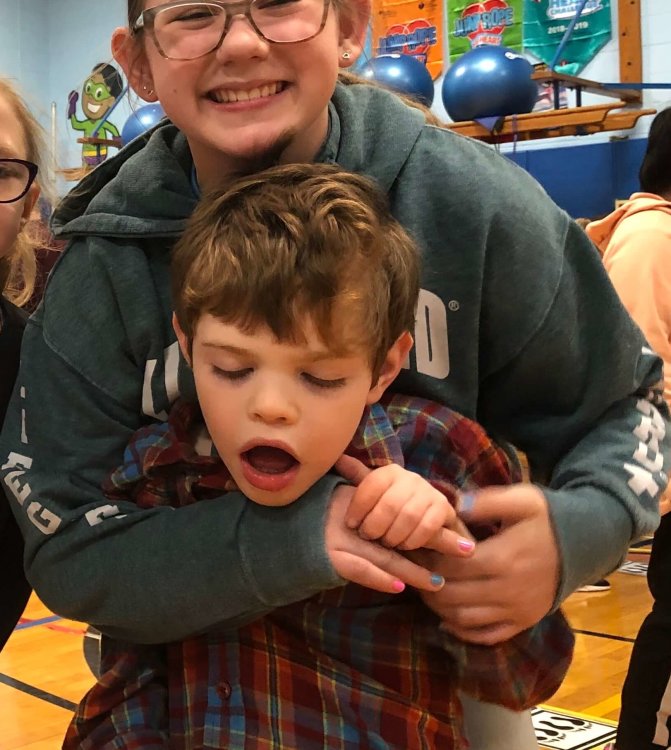
Colin
Colin is a student of mine with Autism. I have taught Colin a few years now and I am always in awe by him. He has the patience of a saint. He is so patient with all students and so encouraging. Many times, he will shout out, “great job everyone” or “ you can do it!” The sense of accomplishment my students feel when he recognizes them is incredible. He has an amazing power to motivate and encourage. One of my students just told me with pride, “Coach Bolger, Colin really believes in me. He told me I did a great job today. I don’t think I did, but he feels I did. Maybe I did. ” We then got into a discussion of positive versus negative talk and how we must be our biggest cheerleaders. Colin is a role model, for teaching my students just how valuable they are and instilling confidence and optimism.
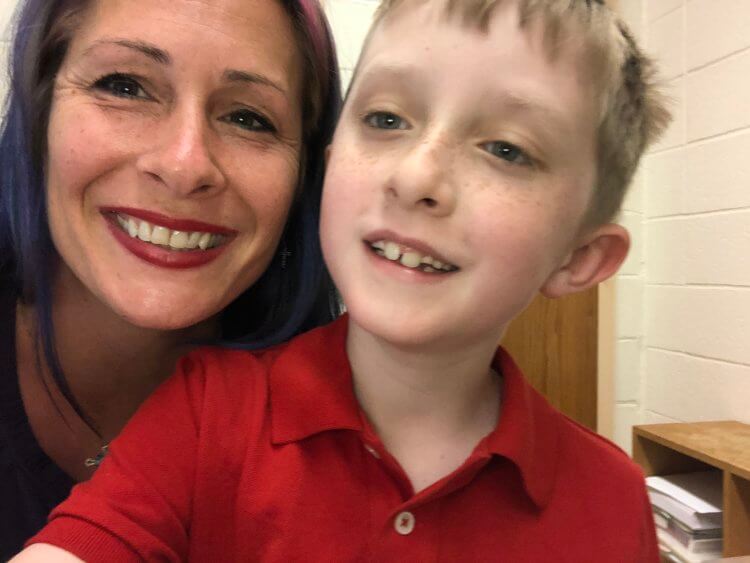
Emma
Emma is a younger student of mine who also has Autism. I admire her a great deal because she isn’t afraid to speak her mind and lives in the beauty found in each moment. She never appears to dwell on the past or get down on herself for any mistakes. She is not afraid to be who she is. She sees the beauty and the joy of the things around her. Her giggle, silliness, and delight in everyday moments are infectious. What a powerful message for her peers to receive.
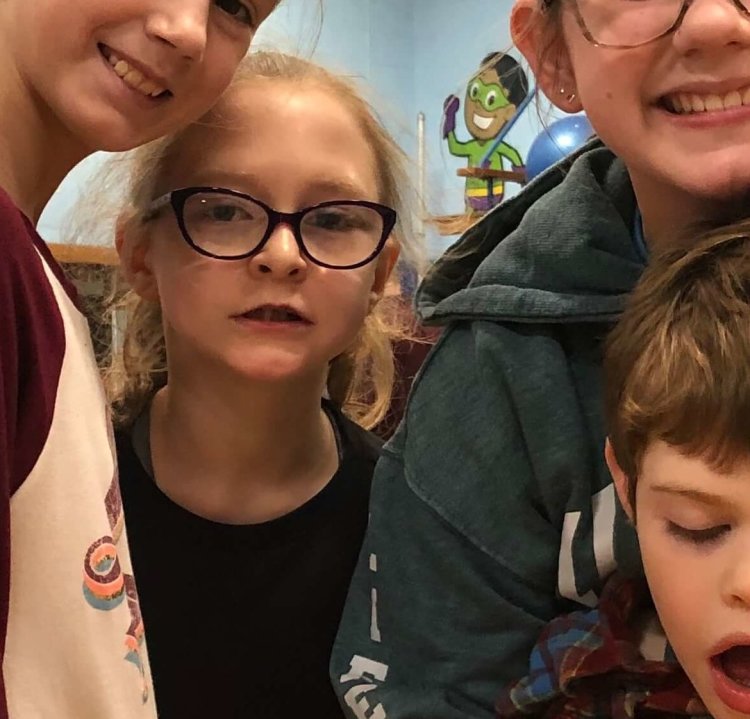
All my students, both with and without special needs, teach me powerful lessons every day. They constantly inspire me to be a better person/mom/teacher. However, I truly feel like our students with special needs don’t get the accolades or attention that they deserve. If we are going to recognize our typical students for all their amazing work with our students with special needs, then we need to also recognize students with special needs for the amazing things they do for the typical kids. If we don’t, I fear we undermine all the lessons they teach and make them feel inferior.
